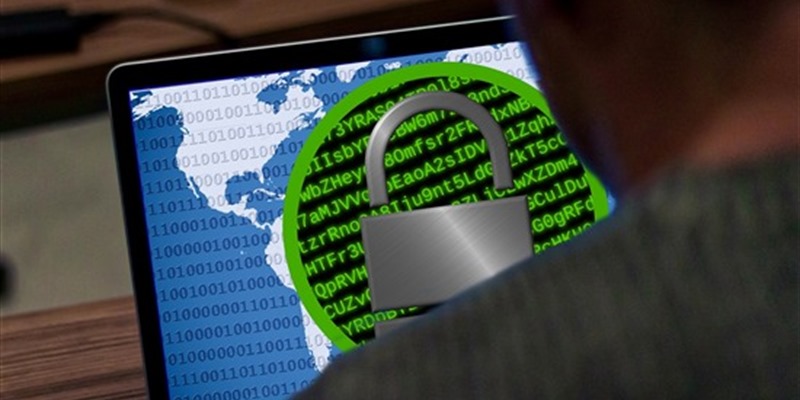NotPetya and Cyber Breach Notification: A CTO’s Perspective on Timelines, Impacts, and Long-Term Repercussions
## Unveiling NotPetya: A CTO’s Insight into a Digital Nemesis
As CTOs navigating the complex realm of digital security, understanding the intricacies of cyber threats like [NotPetya](https://www.wired.com/story/notpetya-cyberattack-ukraine-russia-code-crashed-the-world/) is imperative. NotPetya, a ransomware variant that transcended conventional motivations, left an indelible mark on the cybersecurity landscape in 2017. It is crucial for us, as technology leaders, to delve into the depths of its operation and comprehend the ever-evolving nature of cyber threats.
NotPetya, originating as a deceptive update to Ukrainian accounting software, swiftly transcended geographical boundaries, wreaking havoc on global systems. Its disruptive nature surpassed the typical motives of financial gain, raising concerns about a new breed of cyber threats focused on widespread disruption.
## The Essence of Cyber Breach Notification: A Strategic Imperative
In the aftermath of a cyber onslaught like NotPetya, the strategic imperative of [cyber breach notification](https://www.privacyrights.org/consumer-guides/what-are-data-breach-notifications) comes to the forefront. As custodians of technological fortresses, we must appreciate that it is not a mere legal obligation; it is a fundamental element of trust-building and a proactive step toward mitigating the repercussions of a breach.
**Timeline of Notification:** Crafting a seamless cyber breach notification timeline is as much an art as it is a science. As CTOs, we grapple with the delicate balance between swift disclosure and ensuring the accuracy of information. The initial moments post-detection are critical, setting the tone for transparency and trust. However, transparency must not compromise the accuracy of the information being disseminated.
**Impacts of Timely Notification:** The impacts of timely notification extend beyond compliance checkboxes. Swift and transparent communication serves as a beacon of trust, mitigating reputational damage and demonstrating commitment to user welfare. It allows affected parties to take immediate remedial actions, fortifying their digital defenses against potential fallout.
## The Ripple Effects: Short-Term and Long-Term Repercussions
As we dissect the aftermath of cyber breaches, it is imperative to recognize that the repercussions are not confined to the immediate aftermath. Short-term and long-term impacts ripple through the fabric of an organization, affecting its technological, financial, and reputational standing.
**Short-Term Impacts:**
– **Operational Disruption:** NotPetya exemplified how a cyber onslaught can lead to immediate operational disruptions. Systems grind to a halt, and recovery becomes a race against time. Short-term impacts encompass downtime, loss of productivity, and a surge in incident response costs.
– **Financial Strain:** The financial strains in the short term are tangible, ranging from the costs of incident response teams to potential ransom payments. These immediate financial impacts necessitate swift decision-making and resource allocation.
**Long-Term Repercussions:**
– **Reputational Fallout:** The long-term reputation of an organization is intricately linked to its response to a cyber breach. The effectiveness of cyber breach notification and subsequent remediation efforts can either salvage or severely dent the organization’s reputation.
– **Regulatory Scrutiny:** Over time, regulatory bodies intensify their scrutiny of organizations that fall victim to cyber breaches. This heightened regulatory environment underscores the long-term repercussions of a breach, necessitating ongoing compliance efforts.
– **Strategic Adaptation:** CTOs must guide their organizations in strategically adapting to the evolving threat landscape. The lessons learned from NotPetya underscore the need for continuous technological innovation and resilience-building.
## Embracing a Proactive Approach: A CTO’s Call to Action
In the wake of NotPetya and other cyber threats, a CTO’s role extends beyond reactionary measures. It involves steering organizations toward a proactive stance, embracing cybersecurity as a dynamic and integral component of the business strategy.
**Continuous Improvement:** The timelines, impacts, and repercussions of cyber breaches underscore the need for continuous improvement. Evaluate incident response protocols, refine [cyber breach notification strategies](https://cybernews.com/best-practices/how-to-create-a-cybersecurity-incident-response-plan/), and invest in technologies that enhance resilience.
**Holistic Security Culture:** Beyond technological measures, foster a holistic security culture within the organization. Equip employees with the knowledge and tools to become active participants in cybersecurity, thereby enhancing the human firewall against evolving threats.
**Strategic Collaboration:** As CTOs, champion strategic collaboration with cybersecurity experts, regulatory bodies, and industry peers. Collective intelligence and information sharing form a robust defense against the dynamic and evolving threat landscape.
## Conclusion: Fortifying Digital Fortresses in the Face of Cyber Threats
In conclusion, the NotPetya saga serves as a stark reminder of the ever-present and evolving nature of cyber threats. As CTOs, we are entrusted with the responsibility of fortifying our digital fortresses, not merely reacting to breaches but proactively steering our organizations toward resilience.
Navigating the timelines of cyber breach notification, understanding the immediate impacts, and preparing for the long-term repercussions demand a strategic and visionary approach. It is through continuous improvement, a holistic security culture, and strategic collaboration that we, as technology leaders, can fortify our organizations against the relentless tide of cyber threats, ensuring a secure and resilient digital future.
Here’s the wired article – https://www.wired.com/story/notpetya-cyberattack-ukraine-russia-code-crashed-the-world/

Leave a Reply